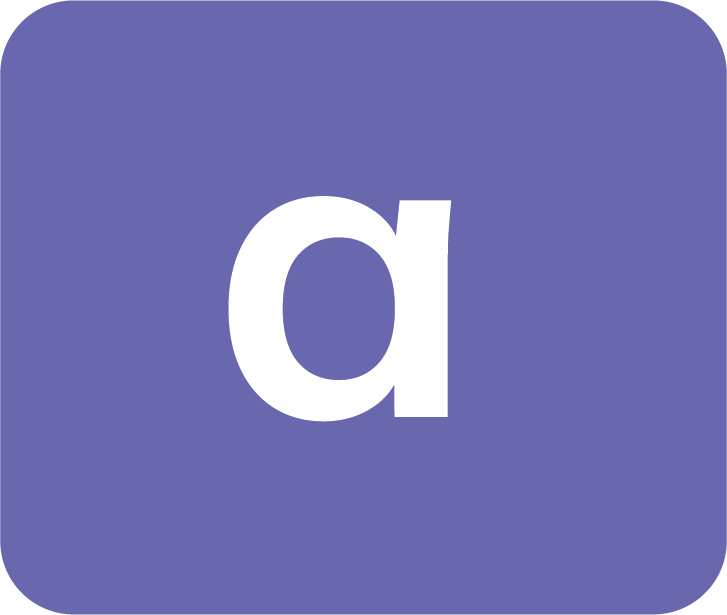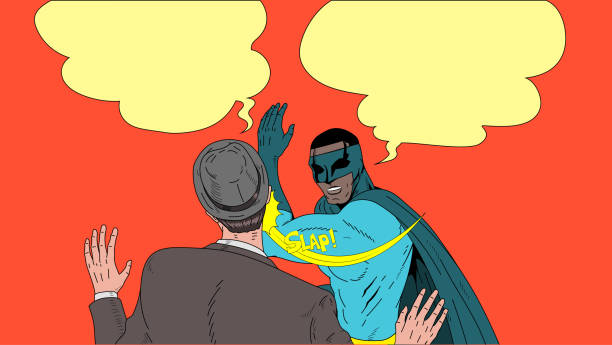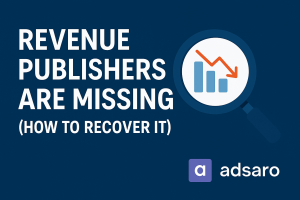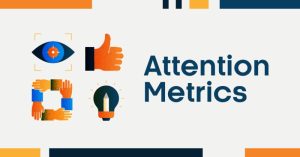In today’s digital landscape, where consumers are constantly bombarded with advertising, standing out has become a daunting challenge for brands. Traditional advertising methods are often overlooked or ignored. Enter meme marketing—humorous, viral, and relatable content that speaks to today’s internet culture. Memes have quickly become a powerful tool for brands to connect with audiences in a fun and authentic way, making it easier to engage consumers and break through the clutter.
Memes in display ads have rapidly gained popularity as a way for brands to inject personality, spark engagement, and tap into the pulse of modern digital conversation. From TikTok to Twitter, memes are everywhere, and brands are beginning to leverage them to connect with audiences in a more authentic and fun way. But, is meme marketing the right strategy for your brand? In this post, we’ll explore the benefits, risks, and best practices of using memes in your display ads, so you can determine whether it’s the right move for your next campaign.
What Is Meme Marketing?
Meme marketing is the strategic use of viral content—usually humorous images or videos with clever captions—to promote a product, service, or brand message. These memes often reference pop culture, internet trends, or relatable life experiences.
In display advertising, memes become part of ad creatives placed across websites, apps, or social feeds. Unlike traditional ads, memes don’t scream “buy this.” Instead, they entertain, spark engagement, and often encourage shares and comments, subtly promoting the brand.
Example
A food delivery app might use the classic “Distracted Boyfriend” meme to show a user ignoring a traditional restaurant in favor of their app deal—funny, relevant, and promotional without being pushy.
Benefits of Using Meme Marketing in Display Ads
1. High Engagement Rates
Memes are inherently eye-catching. They don’t feel like ads, which makes users more likely to interact with them. This improves:
- Click-through rates (CTR)
- Time-on-ad (viewability)
- Social sharing
They feel like content from a friend, not a marketer. That’s a big plus in the attention economy.
2. Cultural Relatability
People are more likely to engage with content they feel. Memes reflect daily struggles, trending thoughts, and cultural jokes. This relatability increases emotional resonance and builds brand familiarity.
In advertising, relatability means:
- Your message hits home faster.
- Your brand is seen as “in the know.”
- You earn soft trust through shared humor.
3. Budget-Friendly Creativity
Good memes don’t require professional photography or animation. Often, it’s about:
- The cleverness of the text
- The relevance of the image
- The timeliness of the topic
This makes meme-based display ads incredibly cost-effective compared to video or custom design-heavy creatives. You can run agile campaigns and react to trends quickly—an advantage of modern advertising techniques.
Risks and Challenges of Meme Marketing
1. Mismatch with Brand Voice
If your brand tone is formal, corporate, or conservative, a meme might clash with your image. It could confuse your audience or make you look out of touch if not executed properly.
Think of a law firm using a TikTok dance meme—it’s awkward unless it’s extremely well-integrated.
Solution: If your brand isn’t playful, consider using memes only in back-end channels (like internal engagement or niche segments), not mainstream public-facing display ads.
2. Short Lifespan of Memes
Most memes live fast and die young. Using an outdated meme can make your brand look late to the party—or worse, irrelevant.
For example:
- A meme from 2022 used in 2025 screams “trying too hard.”
- Timing is everything; use memes during their peak moment.
Tip: Use social listening tools to track meme trends or have a social-savvy team keeping an eye on what’s hot.
3. Risk of Being Offensive or Misunderstood
Humor varies across cultures, age groups, and regions. What one group finds funny, another might find offensive or tone-deaf.
Examples of pitfalls:
- Using a meme format that has racist or political undertones.
- Misinterpreting the original meme’s message.
Solution: Always run your meme ads by a diverse internal review group to spot potential issues before going live.
Best Practices for Using Memes in Display Ads
Know Your Audience Deeply
Meme effectiveness hinges on knowing who you’re talking to. If your target is Gen Z or Millennials, memes may be a perfect fit. But if you’re targeting B2B professionals or boomers, you might need to tread carefully or use more universal humor.
Use audience personas and analytics to decide:
- What types of humor resonate
- Which platforms your audience uses
- What kind of content they typically engage with
Stay Relevant with Trends
Memes are like news—they evolve daily. Relevance equals impact. Use meme templates that are currently circulating, not ones that were viral last year.
You can find trends through:
- Twitter, Instagram, and Reddit meme pages
- Meme calendar tools (like KnowYourMeme.com)
- Cultural moments (Super Bowl, Oscar mistakes, political gaffes)
Create memes within 24–72 hours of a trend emerging for maximum impact.
Blend Humor with Brand Messaging
Don’t let the meme overshadow your goal. Always make sure your meme still:
- Represents your brand voice
- Shows your product/service contextually
- Has a clear CTA or branding cue
Example: If you’re selling a cybersecurity product, you might use a popular “It’s Fine” meme format showing a person in flames representing a user with no antivirus. It’s funny and communicates urgency.
Track Performance & Iterate
Like all creative ad strategies, meme ads should be tested, analyzed, and optimized. Set clear KPIs (CTR, engagement rate, conversion rate) and monitor how your memes perform against traditional ad formats.
You might find:
- Memes get more attention, but lower conversions
- Or, they become entry points into your funnel
A/B test various formats—meme vs. image vs. video—to decide what works best in your display ad ecosystem.
When Should You Use Memes in Ads?
Ideal Conditions for Meme Usage
- Your audience is younger or digital-native (Gen Z, Millennials).
- Your brand voice is casual, witty, or conversational.
- You want to improve digital ad engagement on platforms like Instagram, Reddit, or programmatic native ads.
- You’re experimenting with modern advertising techniques and want fast feedback.
Situations Where Memes May Backfire
- Your product deals with serious subjects (e.g., mental health, legal services, financial crises).
- You lack a team or freelancer familiar with meme culture.
- Your leadership or compliance teams have strict brand safety rules.
Conclusion:
While memes in display ads may seem like a lighthearted trend, they offer a unique opportunity to engage with today’s digitally native audience. When done correctly, meme marketing can enhance your brand’s relatability, boost engagement, and even increase conversions—without breaking the bank. However, like all creative strategies, it requires careful thought, timing, and a deep understanding of your audience’s sense of humor and cultural relevance.
If your brand can harness the power of humor while staying true to your identity, meme marketing could be the key to cutting through the noise and building a lasting connection with consumers. So, should you use memes in your display ads? If it aligns with your brand voice and audience, absolutely—just make sure you’re doing it in a way that feels natural and authentic. The world of memes is fast, fun, and ever-evolving—stay ahead of the curve and embrace it with confidence!








Leave a Reply